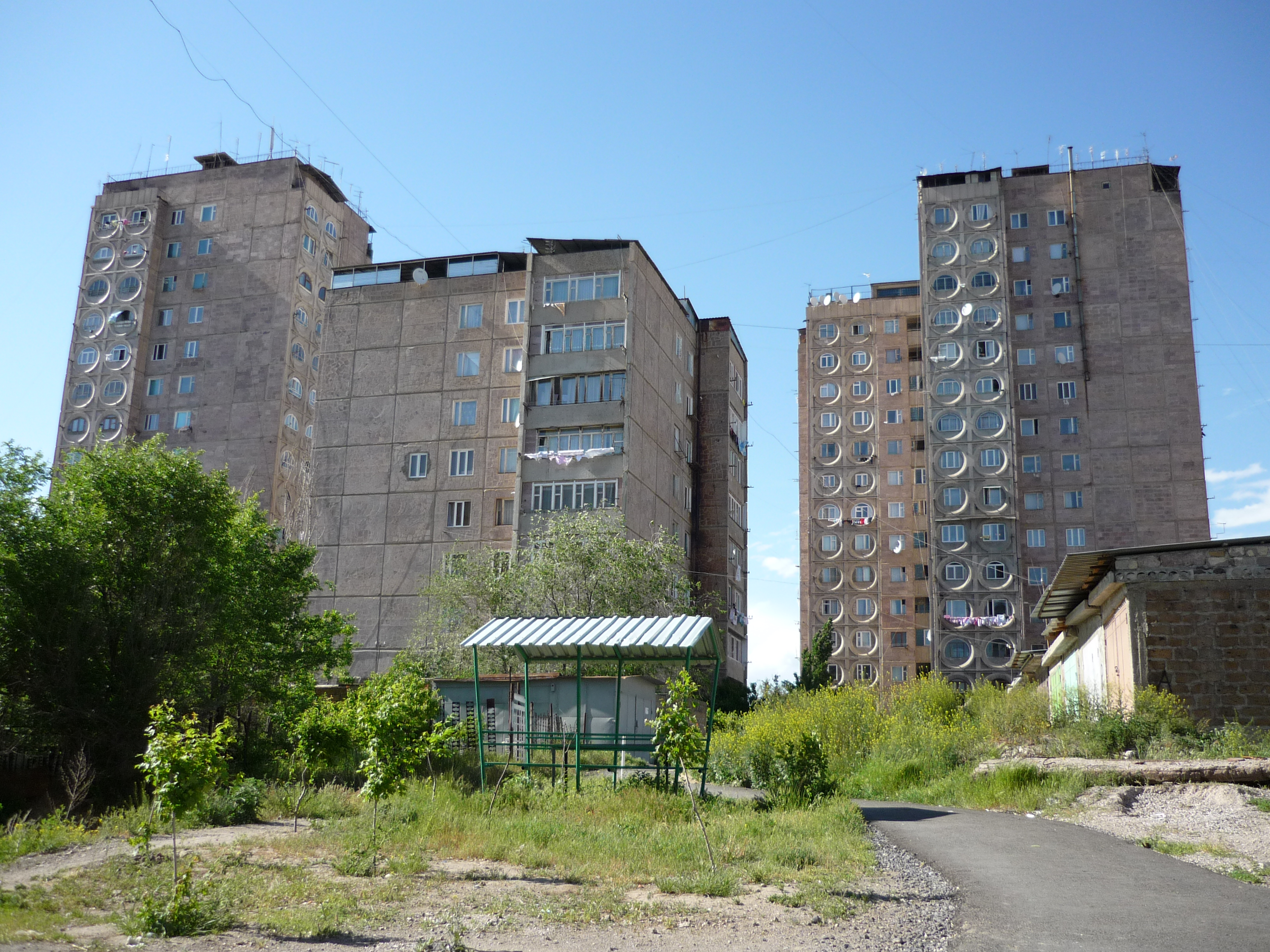
Funding: HMWK, as part of the LOEWE Center “Dynamics of Religion”
Funding period: Spring 2026 - 2029
Project management: Prof. Roland Hardenberg and Prof. Susanne Fehlings
In late summer 2025, the LOEWE Center “Dynamics of Religion: Ambivalent Neighborhoods between Judaism, Christianity, and Islam in Historical and Contemporary Constellations” was approved by the Hessian Ministry of Science and Research, Art, and Culture (HMWK). Staff members of the Frobenius Institute were instrumental in this application and will conduct research on “Multireligious Neighborhoods in Post-Soviet Micro-Districts in Georgia and Kyrgyzstan” within the framework of the center over the next four years.
Almost all cities in the post-Soviet region have prefabricated housing estates that have grown over decades. Individual high-rise buildings, but also blocks and entire estates (known as mikrorayons) began to differentiate themselves. Residential areas became places of coexistence, where people not only worked, traded, and shopped, but also openly practiced their own religion, especially from the 1990s onwards. In all major cities in Central Asia and the Caucasus, there has also been an enormous increase in religious buildings since the collapse of the Soviet Union. With the influx of people from a wide variety of religious communities, the mikrorayons became places of cohabitation, but also of conflict between different religious worlds.
Based on long-term empirical field studies, the research project will focus on two different cities: Tbilisi in Georgia and Bishkek in Kyrgyzstan. The aim is to examine religious neighborhoods there, particularly with regard to successful examples of coexistence, but also in relation to existing areas of tension. In the first phase of the project, the main focus will be on (1) systematically mapping the coexistence and conflict between different religious sites in these confined, densely populated urban areas and (2) ethnographically researching the shared use of this space for different religious practices such as rituals and festivals. For the second phase, further intensive field studies are planned (3) on the conversion efforts of individual religious groups in these neighborhoods and (4) on the emergence of controversial interreligious relationships such as friendships or marriages.







